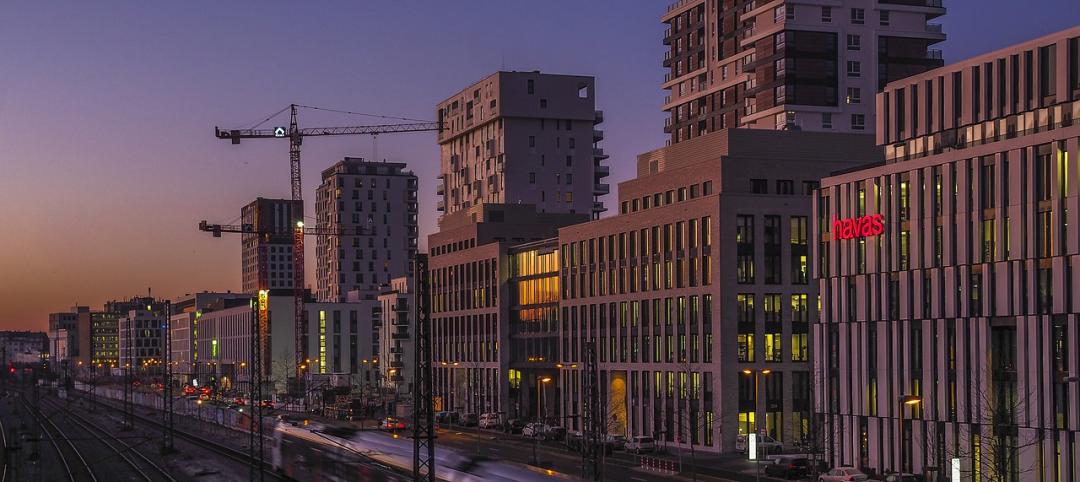While some complain that Washington D.C.’s building height limit has resulted in lookalike, boxy buildings, an architecture critic views the restriction as a feature, not a bug.
John King writes of the “virtue of architectural monotony: a relentless horizontality where commercial canyons recede into the distance,” at The Atlantic’s City Lab web site. King describes the result as: “An awkward yet oddly endearing terrain where, absolutely, the whole is greater than the sum of the parts.”
D.C.’s century-old zoning ordinance ties building heights to the width of adjacent streets. The formula translates to a maximum height of 130 feet, with another 20 feet for mechanical equipment and a penthouse, throughout most of the city.
The height restriction creates a distinctive look for the nation’s capital when authenticity is valued above all else, King says. “Cities tout any element that sets them apart, any rooted sense of place, any hint of local flavor,” he writes. “Idiosyncrasy is where it’s at.”
Related Stories
Codes and Standards | Nov 4, 2020
Commercial building owners having tougher time securing insurance policies and renewals
Insurers’ fears of civil unrest in wake of election prompt builder’s risk coverage moratoriums.
Codes and Standards | Nov 4, 2020
Turn rooftops into revenue generators with solar arrays
Lease or ownership models for PVs make more sense than ever.
Codes and Standards | Nov 3, 2020
The argument against gas stoves includes degraded indoor air quality
Asthma seems to be aggravated by cooking with flame.
Codes and Standards | Nov 2, 2020
Wildfires can make drinking water toxic
Updated building codes could mitigate the danger.
Adaptive Reuse | Oct 26, 2020
Mall property redevelopments could result in dramatic property value drops
Retail conversions to fulfillment centers, apartments, schools, or medical offices could cut values 60% to 90%.
Codes and Standards | Oct 26, 2020
New seismic provisions for the National Earthquake Hazards Reduction Program released
The provisions present a set of recommended improvements to the ASCE/SEI 7-16 Standard.
Codes and Standards | Oct 22, 2020
More than 130 building projects have engaged LEED’s Safety First Credits in response to COVID-19
Best practices helping companies develop and measure healthy, sustainable, and resilient reopening efforts.
Codes and Standards | Oct 21, 2020
New technologies and techniques can ‘future-proof’ buildings
Net-zero principles may give buildings longer lives.
Codes and Standards | Oct 20, 2020
Updated AIA Contractor’s Qualification Statement and Warranty Bond documents available
Statement now includes safety protocols and plans, sustainability, and BIM experience.
Codes and Standards | Oct 19, 2020
NEXT Coalition chooses five pilot projects to fight COVID-19 on jobsites
Mobile platforms, wearable sensors, AI video systems among the trial solutions.

















